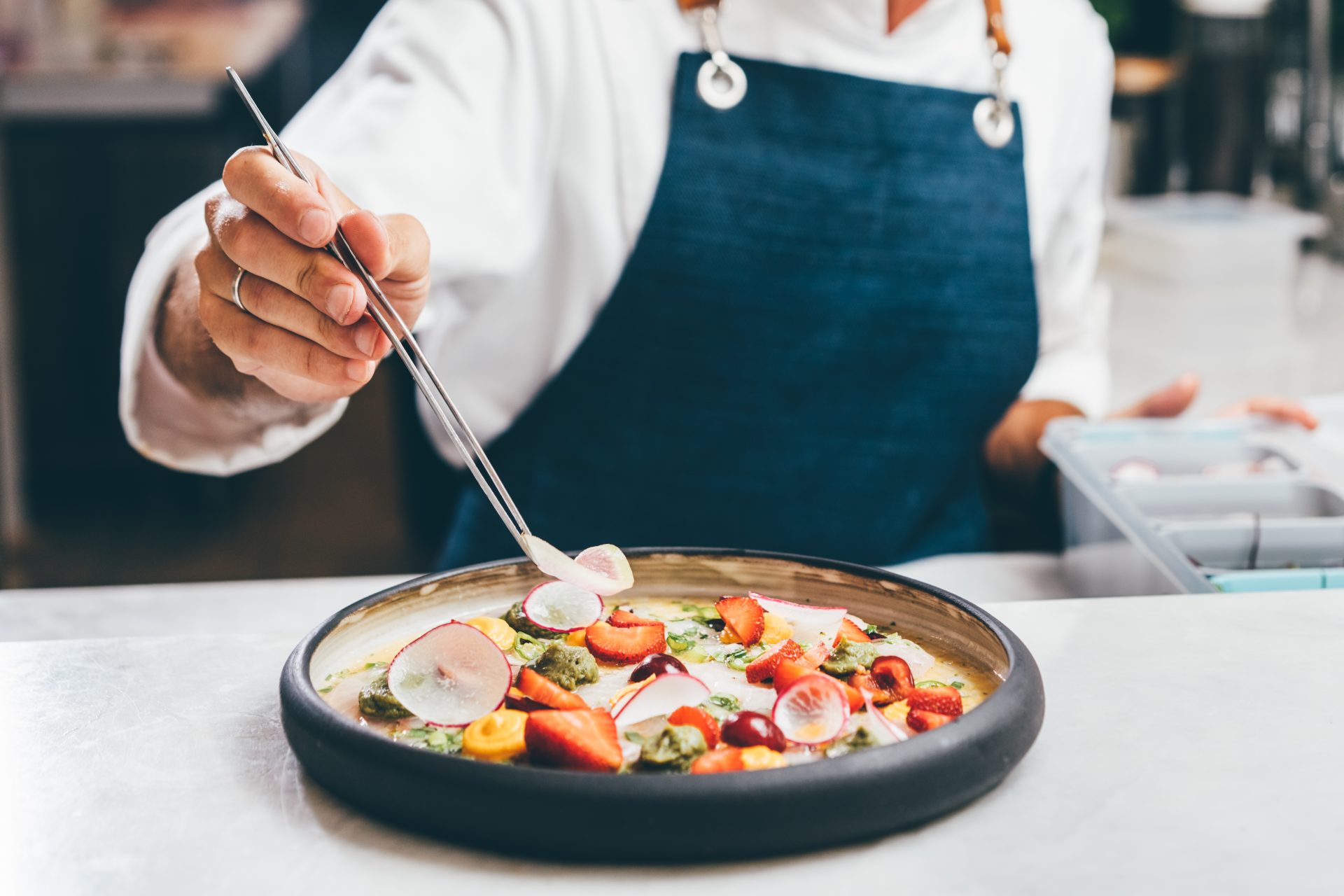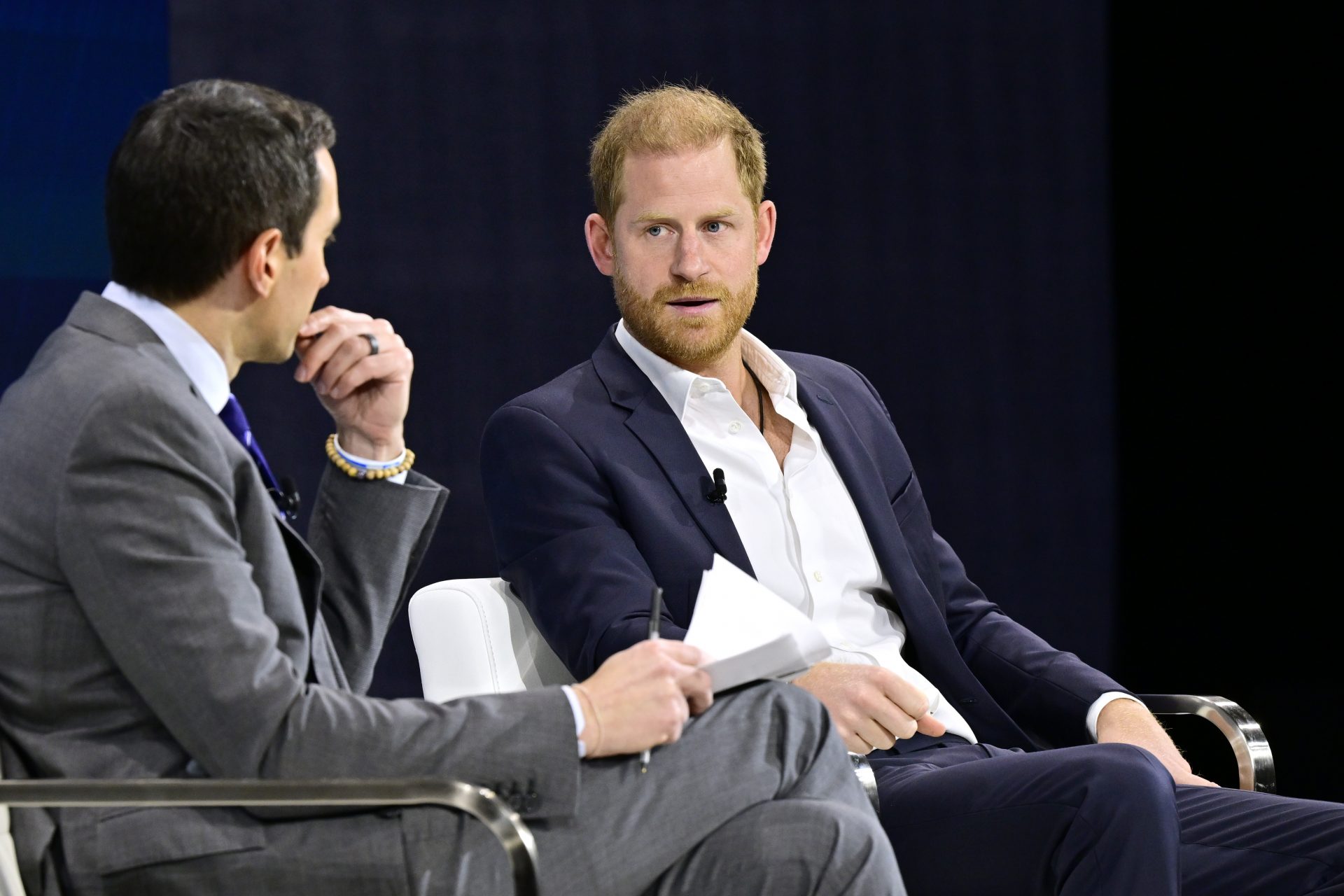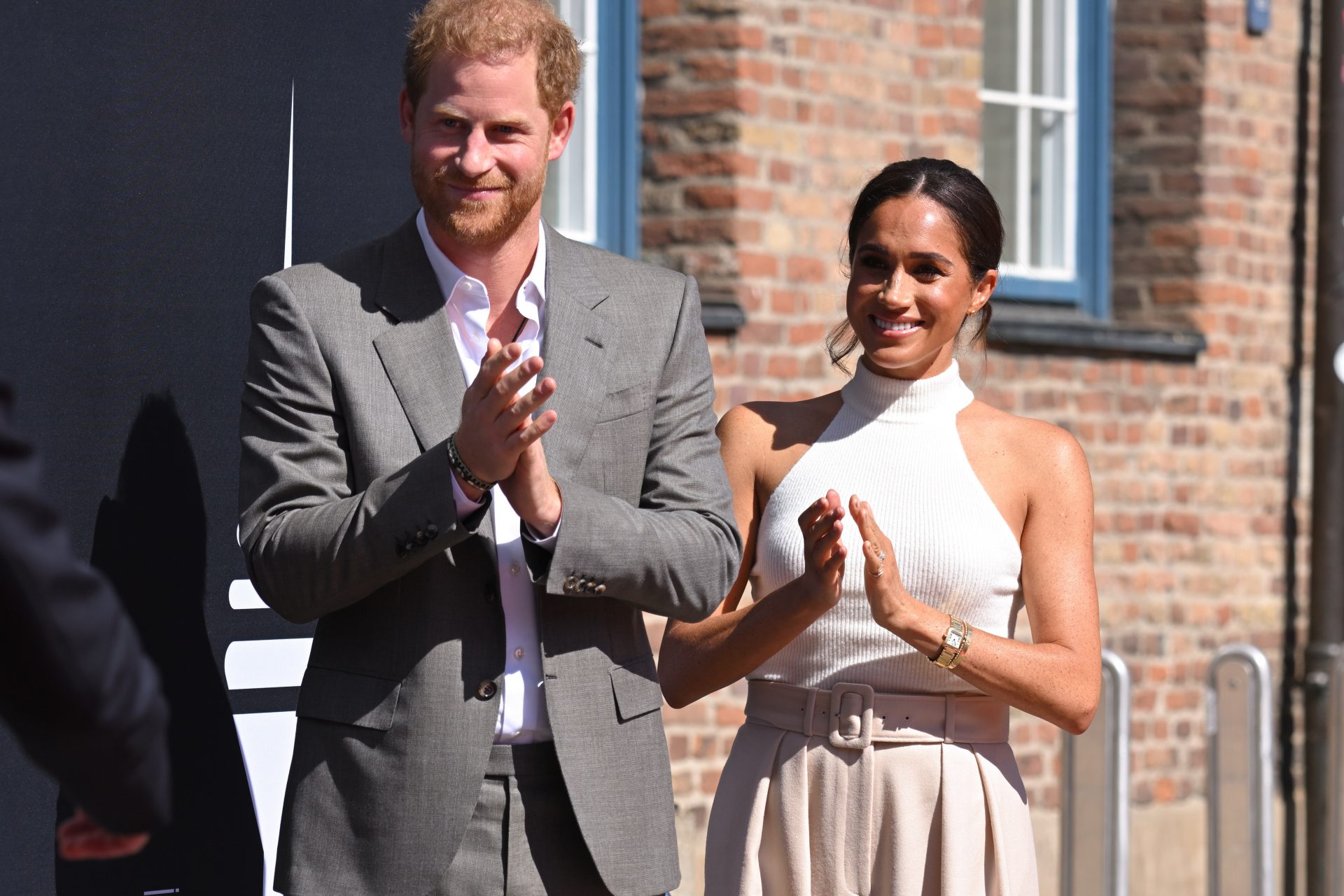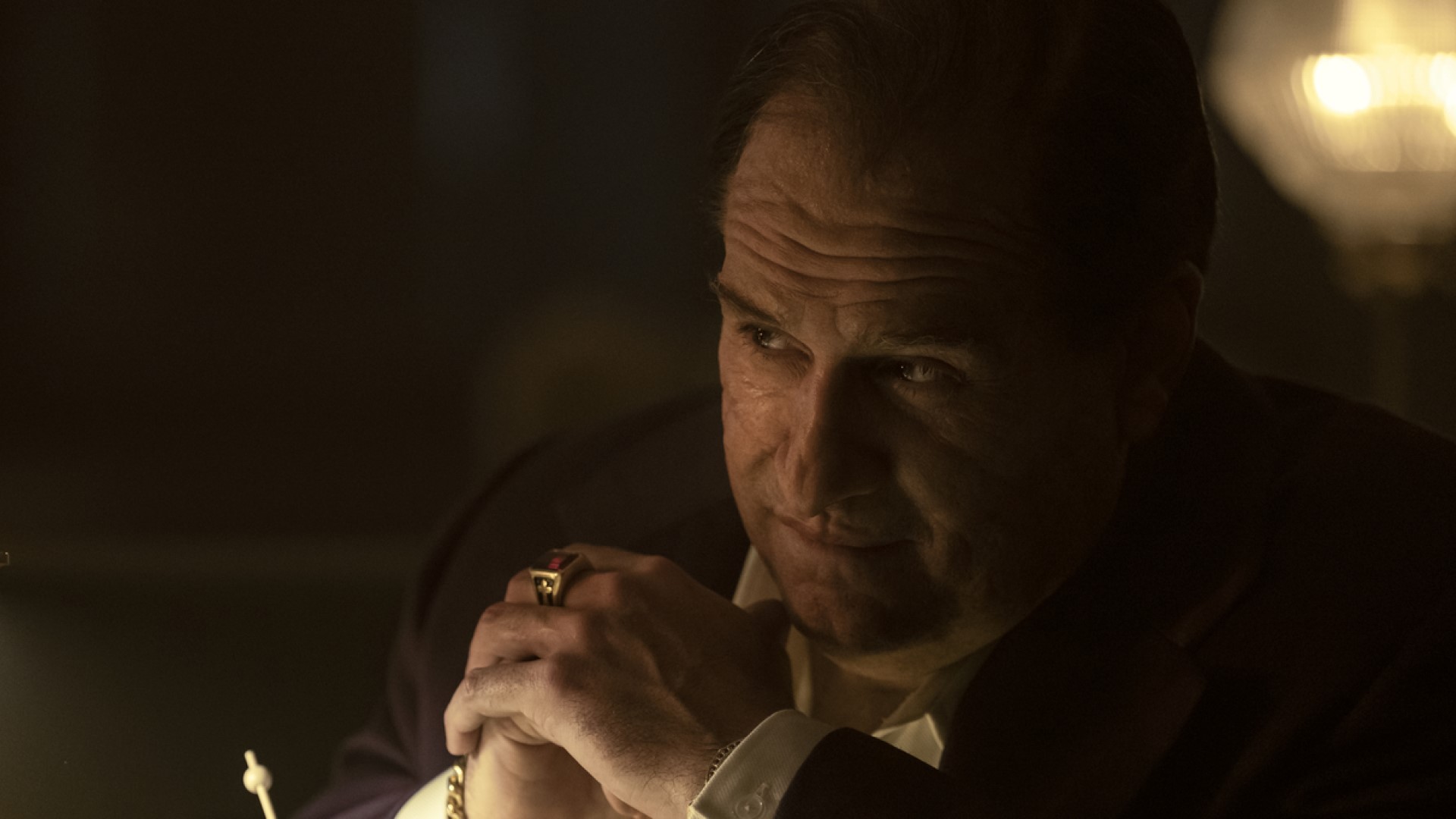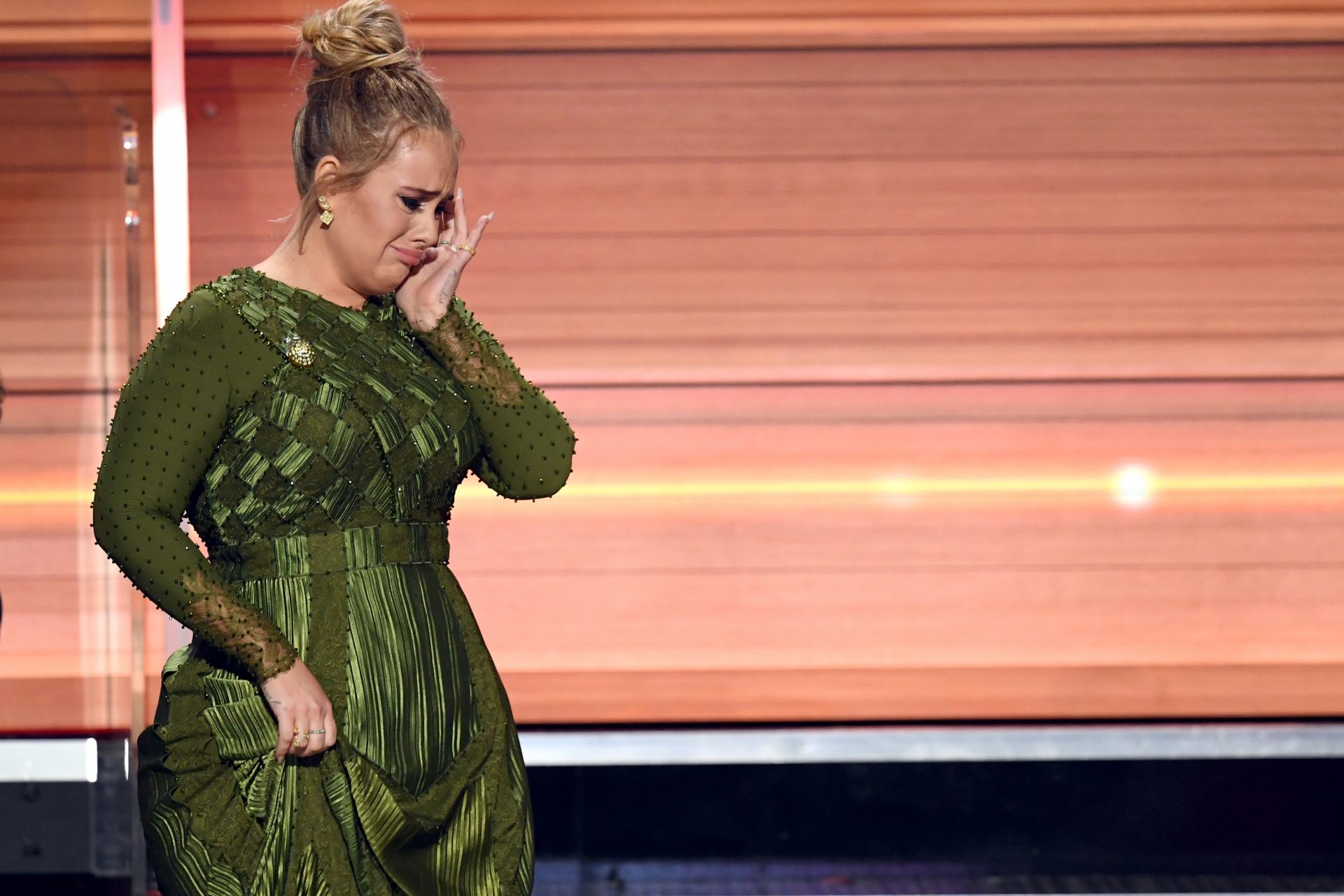The Liverpool sextuplets and other enormous families
It all started with a dream. Janet and Graham wanted to have children. They made numerous unsuccessful attempts. After many years of frustration, the couple decided to seek specialist help and try assisted Reproductive Technology (ART).
As paradoxical as it sounds, it was on the 13th attempt that Janet Walton realized she was finally pregnant. The couple radiated happiness and began to make plans for the future, imagining the firstborn in their arms. Their surprise was immense when they found out, in the eighth week of gestation, that they wouldn't have enough arms for their babies... They were expecting sextuplets!
Janet Walton spent most of her pregnancy in the hospital under the supervision of a whole group of doctors. The babies were born at the end of 1983 in a hospital in Liverpool (UK). At 31 weeks of pregnancy, they had to be born by caesarean section.
The six children were all girls. Their names were Hannah, Ruth, Lucy, Kate, Jenny and Sarah. Doctors did not sign for their release until they were sure that all six were safe. It was at that moment that Janet and Graham Walton's life with half a dozen daughters began.
Their life became an endless cycle of diapers and bottles. During breaks, they managed to sleep a few hours a day, and initially, local authorities assigned nurses to help them. According to The Daily Mail, the couple used 11,000 diapers a year and went for walks with the girls in double strollers, accompanied by friends and acquaintances.
Being a mother of six girls is not easy, but thanks to her husband's help and Janet's natural talent for organisation, they managed to raise six girls in love and harmony. Janet Walton always kept a notebook in which she wrote down what the teachers told her about each of her daughters, so as not to get confused.
Graham had to take paternity leave to help Janet with the girls. "All these years have flown by," Janet would later recall in The Daily Mail. "We didn't have time to think about what and how we are doing it. We couldn't even correct the mistakes, because the girls were all growing up at the same time. It was a constant struggle."
Almost 40 years have passed since the birth of Hannah, Ruth, Lucy, Kate, Jenny, and Sarah. All the sisters, except Hannah, live near their parents. And the youngest of the sisters, Sarah, was the first to turn Janet and Graham into happy grandparents, giving birth to their first granddaughter in 2014. Janet realized, at that time, that "caring for an only child is incredible," as she told The Guardian.
The case of the Walton family is not the only one. In Florence (Italy), the Giannini family joined the list of brave sextuplet parents. Rosanna and Franco Giannini had 2 girls (Letizia and Linda) and 4 boys (Fabrizio, Francesco, Giorgio, and Roberto) on January 11, 1980, La Stampa reported.
Rosanna and Franco were married in 1976. The young couple dreamed of becoming parents, but Rosanna was afraid she had gone through early menopause. Only after several hormonal treatments did they manage to conceive children. At the first ultrasound, when the couple learned that they were expecting 6 times more babies than planned (in one pregnancy), the doctor warned them not to go public with the news to avoid media scrutiny.
It's not easy to hide 6 babies from the public though. As soon as they were born, the newborns became famous in their native Italy and, later, all over the world. Photos of the Giannini family appeared on the front pages of all the press. Their fame was such that they were invited to Japanese national television to talk about their lives.
Six years after the birth of the sextuplets, Rosanna signed an exclusive contract with an Italian detergent firm and became the image of that brand. Obviously, she had her photos taken in the company of the six boys and girls.
Their work with the Italian brand began to bring profit for the family, which came in handy because the parents did not have time to work. In addition, the Italian local government awarded the couple a scholarship so that the parents could cope with such a difficult task - raising 6 children at once.
In 1984, Rosanna told the writer Achille Mezzadri her story, and this resulted in the book 'Vivere con sei gemelli' ('Life with sextuplets').
Much has changed since then. The Giannini family has opted to forego publicity and seek more privacy. Some family circumstances have contributed to their decision, such as the death of Rosanna's father and a kidney transplant operation for Francesco.
The Florence sextuplets have stopped participating in television interviews and are living a normal existence. The children have crossed the 40-year mark. The last we heard of them was a 2015 interview in La Stampa, an Italian newspaper. Four of the six children went to university, one of the boys got a training as a cook, and Francesco works at the union organization CGIL.
While six babies sounds like a lot, there are mothers and fathers who have exceeded this figure. Maybe not at once, but it must have been a lot of work anyway. Examples are Leontina Albina from San Antonio (Chile), who gave birth to 55 children between 1943 and 1981, and the Russian peasant Yakov Kirillov who had 72 children with two wives. In both cases, it has to be said, the numbers lie between between legend and reality. But the sextuplets of this gallery are much more recent and real, and they continue with their lives.



















